 The issue of branding is critical to a self-published author; It defines your book and it also defines you in the public mind. The obvious problem here is to find a title that stands out from the rest, attracts the attention of potential buyers and actually tells them what the book is about. It is the first step in answering the question in every reader’s mind; why should I read this book? Why should I care?
The issue of branding is critical to a self-published author; It defines your book and it also defines you in the public mind. The obvious problem here is to find a title that stands out from the rest, attracts the attention of potential buyers and actually tells them what the book is about. It is the first step in answering the question in every reader’s mind; why should I read this book? Why should I care?
And here’s an odd thing; if you are well-established in one kind of writing that can actually hinder you when you switch to other forms. You are suddenly out of context and need to redefine yourself. A few years ago I redefined myself in my Who’s Who entries from “freelance writer” to “novelist and playwright”. This reflected a change in my career that goes to branding. By defining yourself and your role you prevent other people from doing for you, possibly in negative ways. But what, you ask, about all the good work I’ve done? Does that count for nothing? Well, sadly, yes. It’s an apples to oranges comparison. If you’re getting published we assume you can write. The issue is what you write and for whom.
A track record in non-fiction will not help you when you switch to fiction. I have over a thousand articles in print. That meant nothing when I started with fiction again. What you really need is a good title and I struggled for years (literally) coming up with a title for the second book in my Civil War espionage series. (It’s “Nest of Spies”).
That title also defines how much of the larger narrative will be in that book and where it begins. It moves the beginning of the story back from 1861 to 1849 and the death of John Calhoun. It changes the context of that novel and requires additional writing that will make for a much stronger story. At least that’s the hope. It also changes the underlying themes.
That second book builds on the success of the first, The Shenandoah Spy, which is pretty literal. It’s about a spy named Belle Boyd in the Shenandoah Valley. Why not just call it “Belle Boyd”? Too many non-fiction books by that name about the person who is the model for the main character. Also, oddly, because outside the Civil War community, the name is not well known and doesn’t resonate. Outside that community no one can tell what the book is about.
A title is a branding device. All of this talk about building a platform is also about building a personal brand. But it is also a potential trap; a time sink. No one is sure what really works because all novels are unique in character, with unique appeals to different segments of the reading public. The purpose here is to get attention and to make a buyer actually pick up the book and look at it. If you do that you are halfway to a sale. (That’s not just urban myth; recent research backs up the notion.) That unique aspect is why I don’t believe that it necessary for us to compete on price. Sufficient brand equity will justify a higher price if you can get the buyer to pick up the book.
There are two ways to title; Very short, with one to three words, or very long to engage the buyer beyond the first impression level and arouse their curiosity. With title and subtitle you can have it both ways. The title is part of the cover, so it not just the words, but the overall design and that’s more about graphics and image. This is the reason that most self-published writers hire help to create their covers. They don’t have the necessary skill sets. They have an idea of what they want, but need a professional skill set they don’t have themselves to attain the best result. Passive acceptance of someone else’s idea of a good cover is never a good idea. You need to be engaged; to visualize , going in, what the finished book will look like. If you’re not happy with the final result then you will have trouble selling it at personal appearances. This is the place to be fussy and unreasonable. It’s your book and no one else’s.
If you set up a web site and build a platform, you need to focus your efforts and confine them to the things that will sell the book. Put too many things off-message in your blog and you get your readers lost in the virtual weeds. Once we had a book cover for The Shenandoah Spy we used it everywhere we could to help sell the book. You can even buy a t-shirt with that image on it.
Presume that your primary reason for doing all this is to sell more copies of your book(s). Using your platform to launch a new career as a platform speaker is an option but also a distraction from the primary mission. To really build a brand you have to build an audience and the best way to do that is to sell your book. Reviews start that process, but only word-of-mouth will continue it.
Focus.
Get an Editorial Review | Get Amazon Sales & Reviews | Get Edited | Publish Your Book | Enter the SPR Book Awards | Other Marketing Services





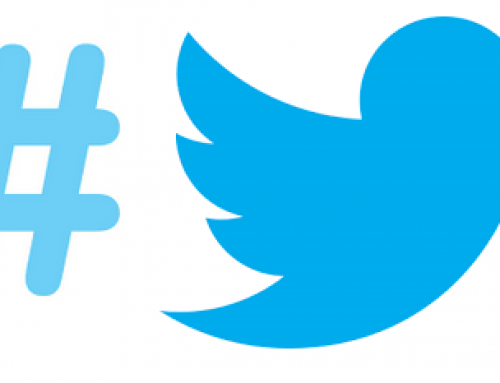

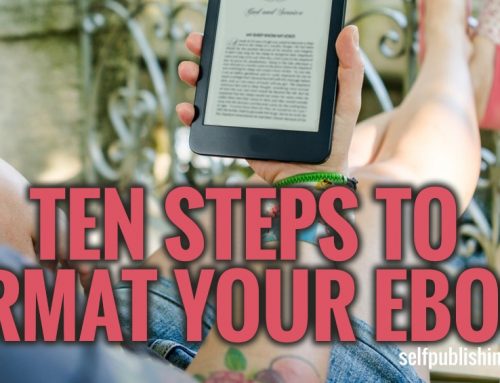
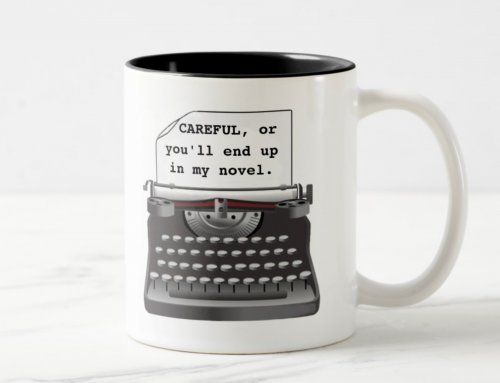
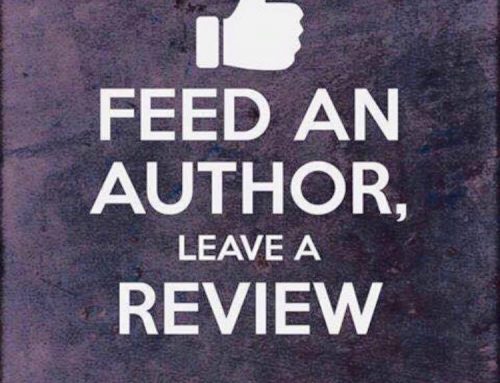
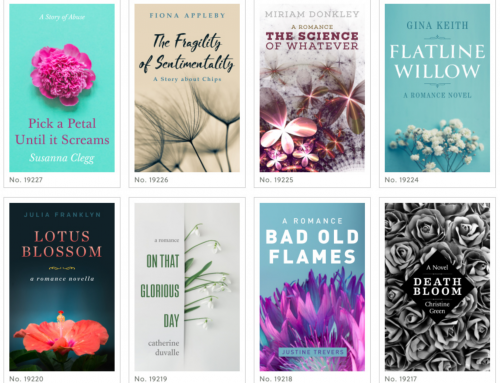
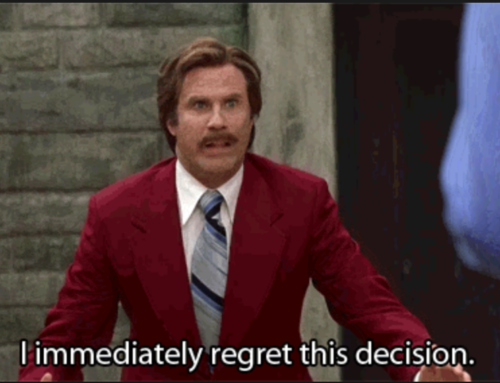
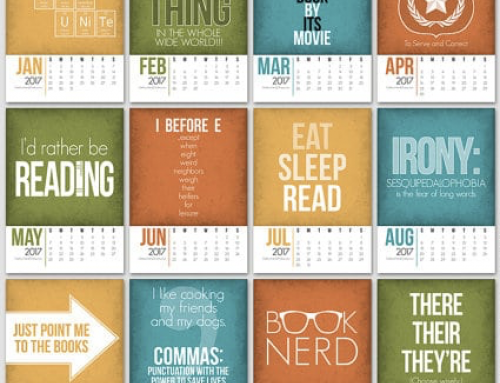

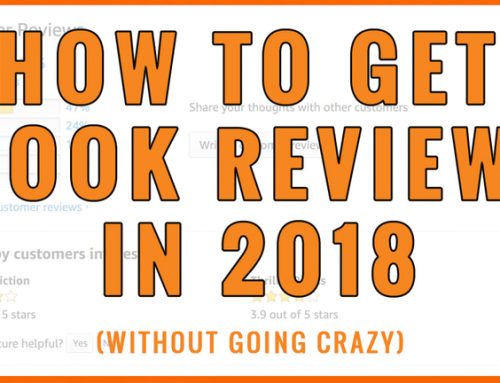
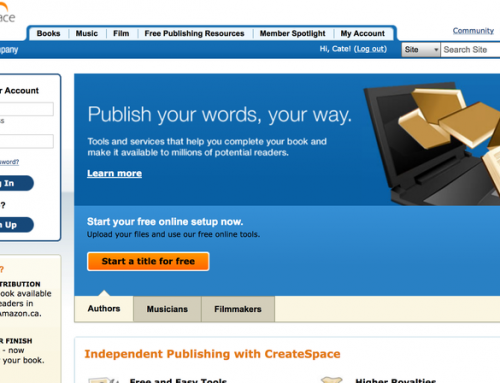
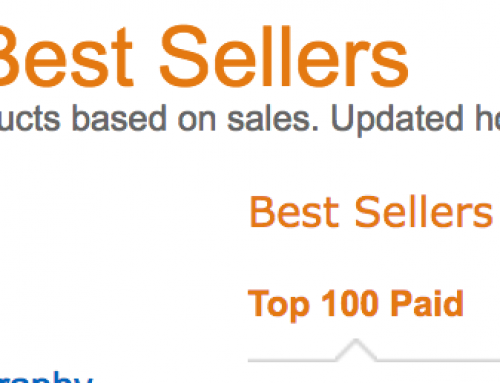
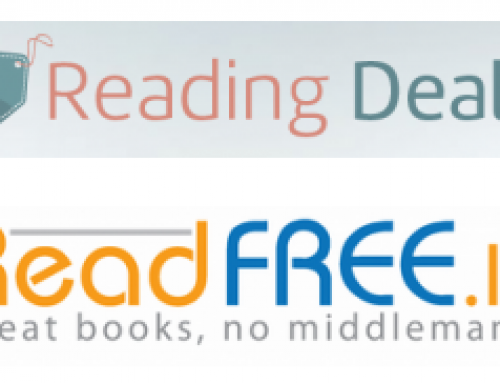

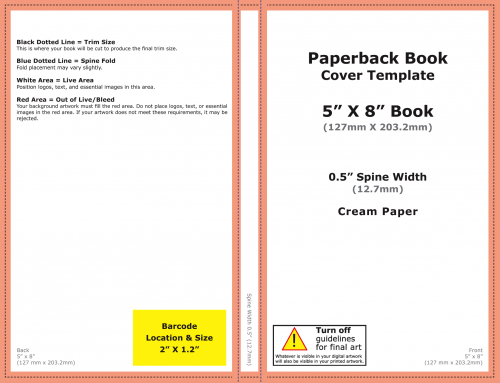
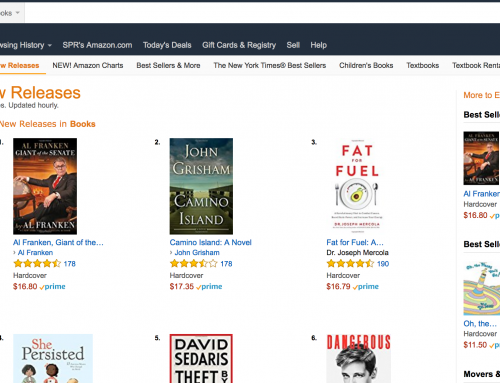
Leave A Comment